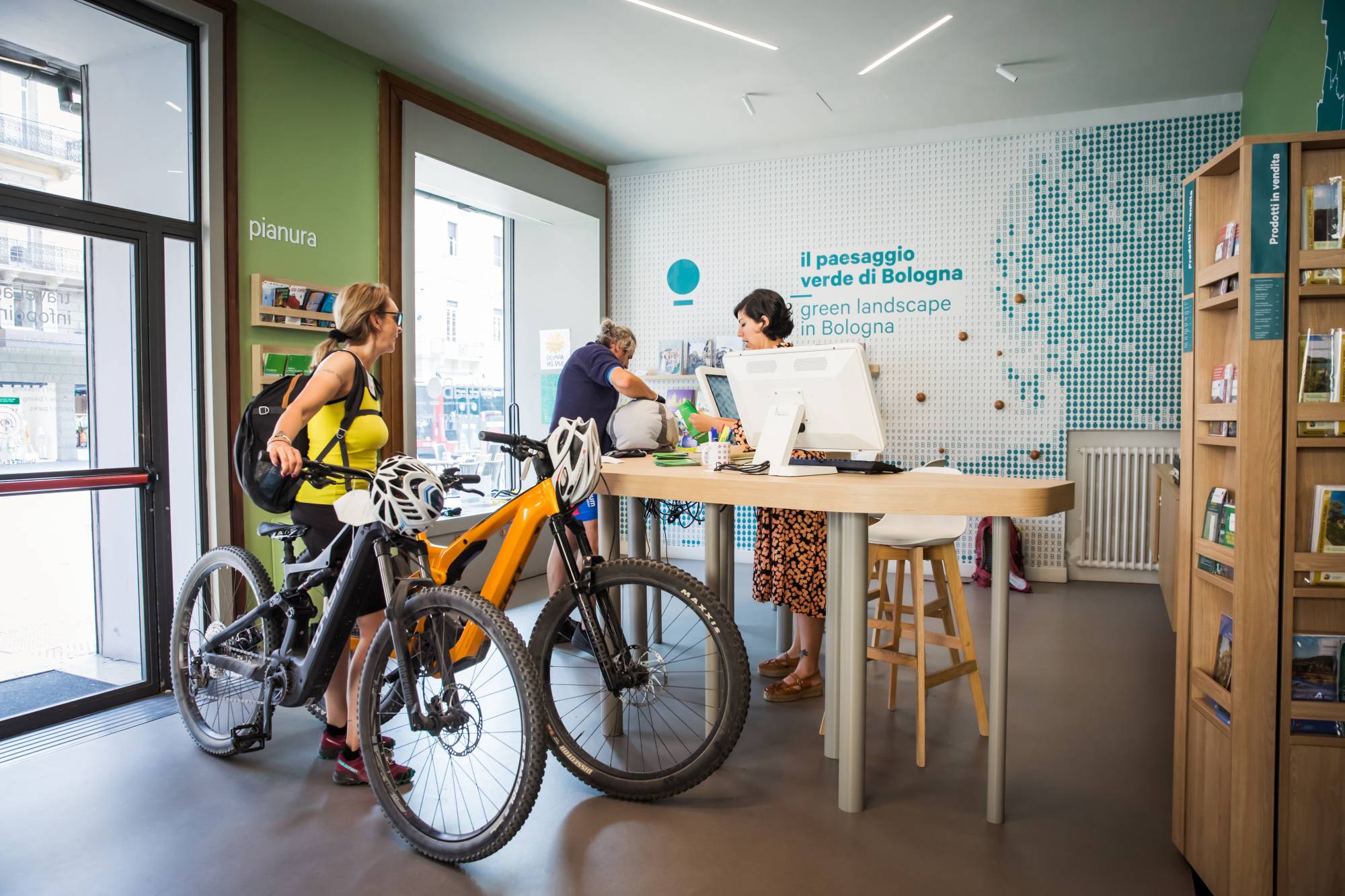Castles in the Territory
Updated on 14 October 2024 From eXtraBO Outdoor Infopoint
Our territory boasts a wealth of historic buildings of great importance for the artistic and cultural heritage of Emilia Romagna. Amongst villas, castles and historical residences, you can relive the splendour of the Baroque era, the charm of the medieval period and the vicissitudes of some of the most illustrious families of the time.
The quaint village of Bentivoglio is dominated by the 15th-century Bentivoglio Castle. Built during the heyday of the signoria of Giovanni II Bentivoglio, the Domus Jocunditatis (House of Joy), also known as Ponte Poledrano Castle, was the residence for recreation and hunting of the noble Bolognese family, the Bentivoglios. The building, typified by a square floor plan and a large, bright courtyard, features cosy rooms with attached washrooms and stables. Despite the restoration carried out by architect Alfonso Rubbiani in the late 19th century, it has retained its original Renaissance structure. The interior preserves splendid 16th-century frescoes and more recent decorations in the Æmilia Ars style, recounting the history of this fascinating place.
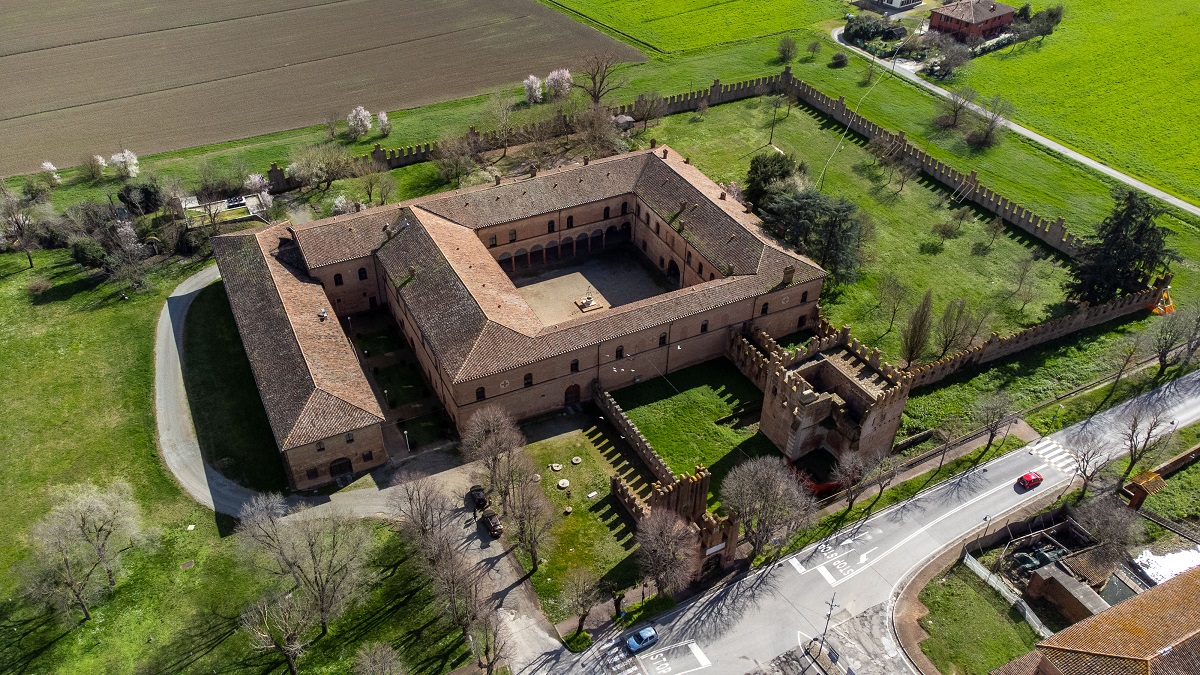
In Crevalcore, in the heart of the Bologna plain, on the border between Bologna, Ferrara and Modena, stands the Castle of Galeazza. An architectural gem from the 14th century, it was built as a military outpost at the behest of the condottiero Galeazzo Pepoli. Over the years, it was transformed into a sumptuous stately home and was reborn in the 19th century as an elegant neo-Gothic residence.
After careful restoration following the 2012 earthquake, the castle has been given a new lease of life and is now open to the public. Inside, it still preserves its tower and villa, a large park and the historic stable buildings, famous thanks to Vandalo, the legendary trotting horse of the late 19th century.
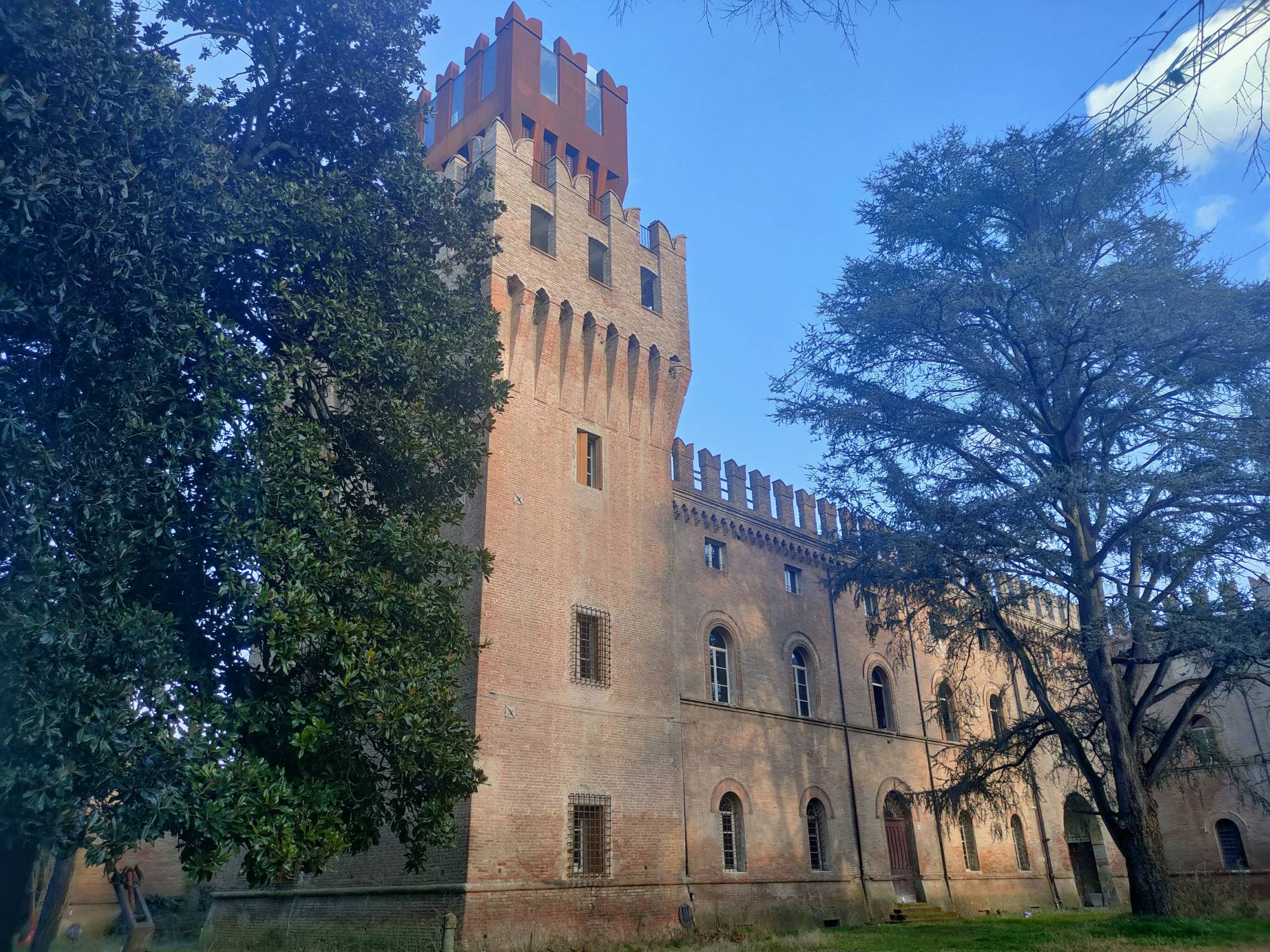
In 1387, the Stronghold was erected in Pieve di Cento to a design by Mastro Antonio Vincenzo, one of the architects involved in the construction of San Petronio. Its completion followed agreements between the Municipality of Bologna and the inhabitants of Pieve, after the disputes of 1380. The fortress became an isolated military complex, intended exclusively as an armed garrison. However, due to clashes and wartime events, the structure suffered progressive disrepair, being all but reduced to a rudderless ruin. After restoration in 1994, the Rocca was reopened to the public and currently houses the Museo Civico and the Museum of the History of Pieve. .
The imposing Manservisi Castle overlooks the surrounding valley from Castelluccio, a small village in the municipality of Alto Reno Terme. The building was renovated in the late 19th century by Alessandro Manservisi and remained in the family's ownership until 1912, when it was donated to charity for poor children. As well as the general outline of the building, many decorative elements in stone and wrought iron bear witness to the romantic taste of the renovation. Inside the castle, you can admire the 'Tapestry Room' with works restored by the Bolognese painter Giacomo Lolli: eight canvases, painted to resemble real tapestries, depicting scenes from daily life in the castle and honouring Alessandro Manservisi. Visitors can also visit the LabOrantes Museum, set up in a colony adjacent to the castle and dedicated to the daily life and farming culture of the Apennines.
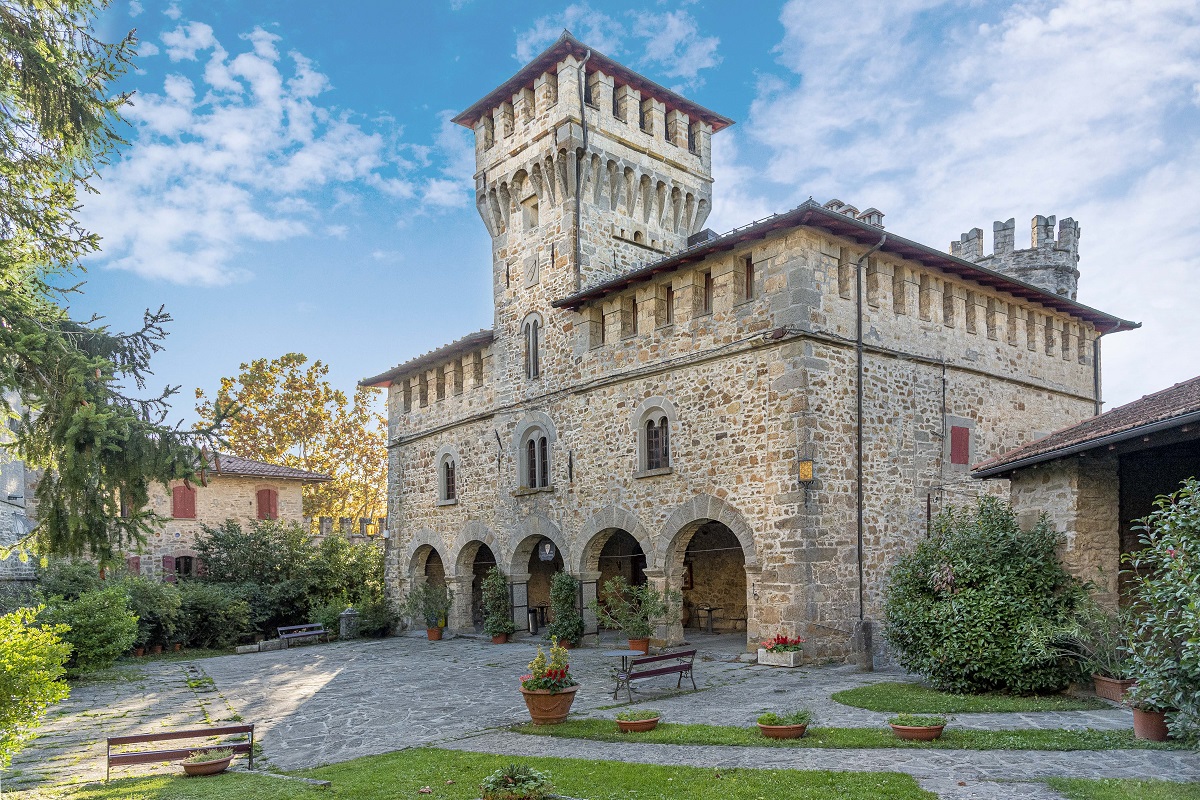
The village of Bazzano is best known for the imposing Rocca dei Bentivoglio, scenically perched on a hillock. The Rocca was commissioned by Countess Matilda of Tuscany, with its current form dating back to the late 15th century, when it was renovated by the noble Bentivoglio family of Bologna. The ground floor, used for service rooms and servants' quarters, revolves around a courtyard with a central well connected to a cistern. Above, the ‘piano nobile’ houses the reception rooms and flats reserved for the lord and his family. In 1779, the Rocca also "hosted" Italian poet Ugo Foscolo, albeit as a prisoner. Thanks to various restorations, the wall paintings that once adorned the rooms, covered by more recent layers of plaster, have been brought to new light. Today, the Rocca is also home to the ‘Arsenio Crespellani’ Archaeological Museum, offering an insight into the history of the area since the Bronze Age.
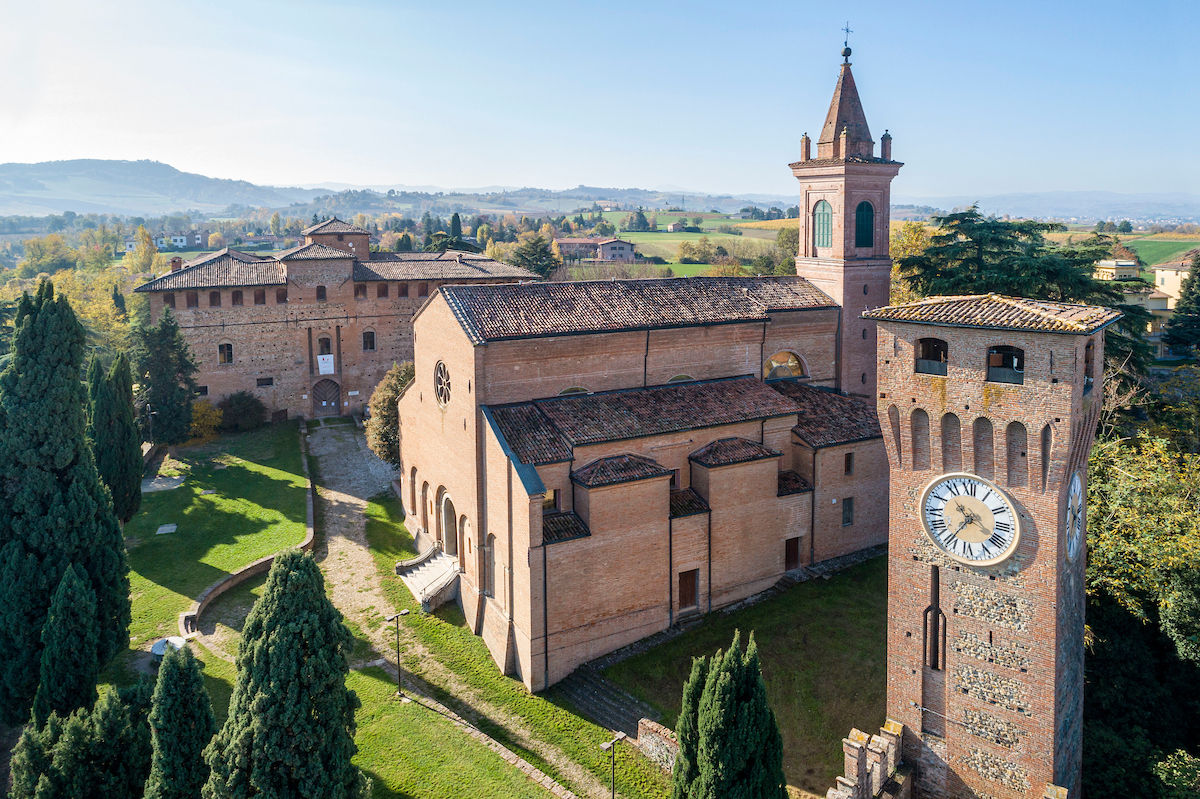
Located just above Riola, in the municipality of Grizzana Morandi, Rocchetta Mattei is one of the most fascinating buildings in the Bolognese area. Built starting in 1850 at the behest of Count Cesare Mattei, a prominent local figure at the time, following his decision to retire from city life after facing both political and personal disappointments. Throughout his life, Cesare Mattei devoted himself to the pursuit of electromeopathy, a paramedical practice that combines elements of naturopathy with the study of electrical charges. His eclectic personality is also reflected in the castle's unique and varied style, which ranges from neo-medieval to neo-Renaissance, Moorish to Art Nouveau. Among the most memorable features are the ‘’Court of the Lions‘’, a scaled-down reproduction of the courtyard of the Alhambra in Granada, and the ‘’Chapel‘’, whose elegant alternation of black and white is inspired by the architecture of the Mezquita in Cordoba. After the death of Cesare Mattei, buried within the chapel of the Rocchetta, the castle passed to his heirs, until a tradesman took it over turning it into a hotel and restaurant. Following a period of dereliction, the building was restored by the Carisbo Foundation of Bologna, which has been working since 2005 to make further parts of the castle open to the public.
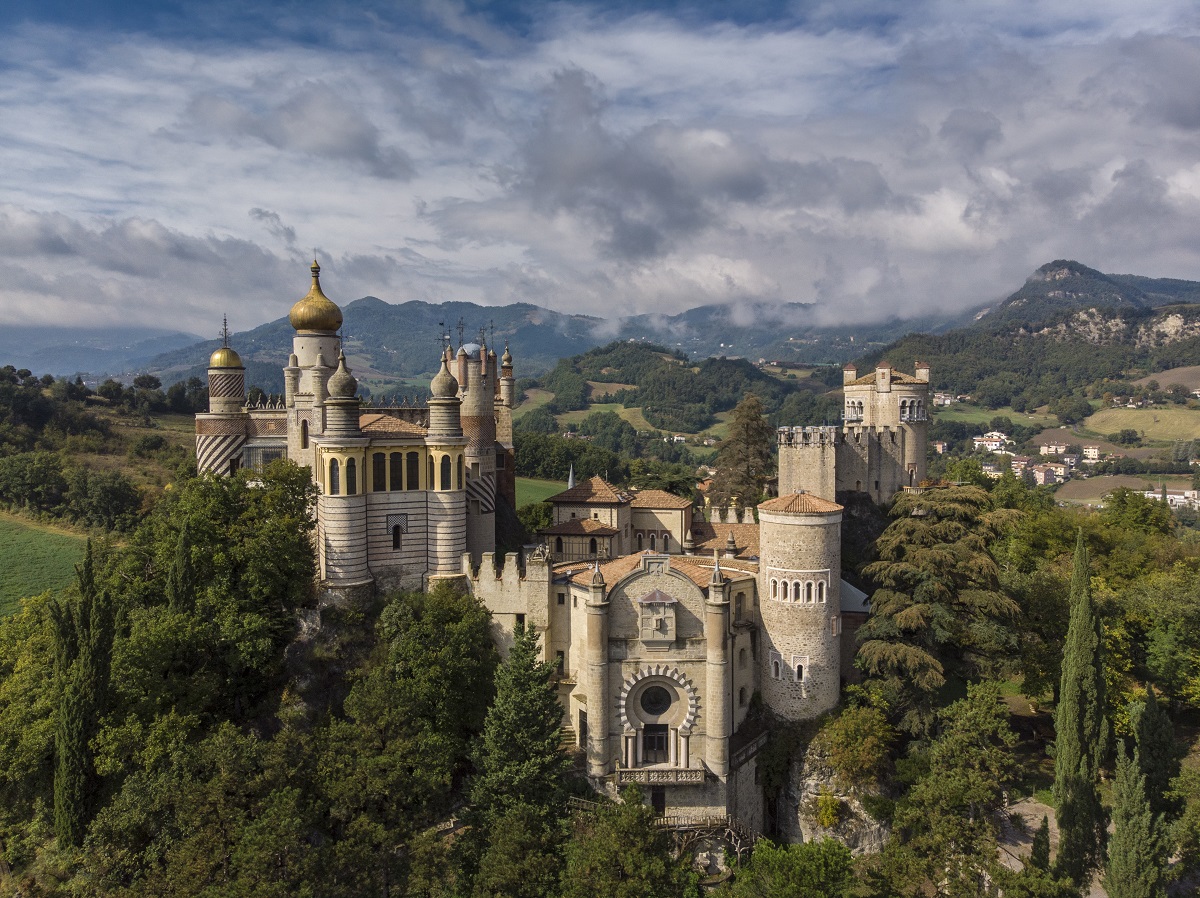
Perched on the ridge overlooking the Sellustra valley we find the Rocca di Dozza, also known as Rocca Sforzesca di Dozza. The 14th-century building was redesigned at the end of the 15th century by Florentine architect Giorgio Marchesi, who, according to the will of Caterina Sforza, had the thick walls and the main tower raised, thereby developing it into a true Renaissance fortress. During the 16th century, the Rocca was passed on to the Campeggi family, who bestowed the castle with its current appearance as a noble palace. The stronghold was inhabited until 1960, when it was ceded to the Municipality of Dozza, which opened it to the public as a house-museum. Today the museum is managed by the Fondazione Dozza Città d'Arte with its underground rooms housing the Enoteca Regionale dell'Emilia Romagna, offering the region's best wines for tasting and purchase.
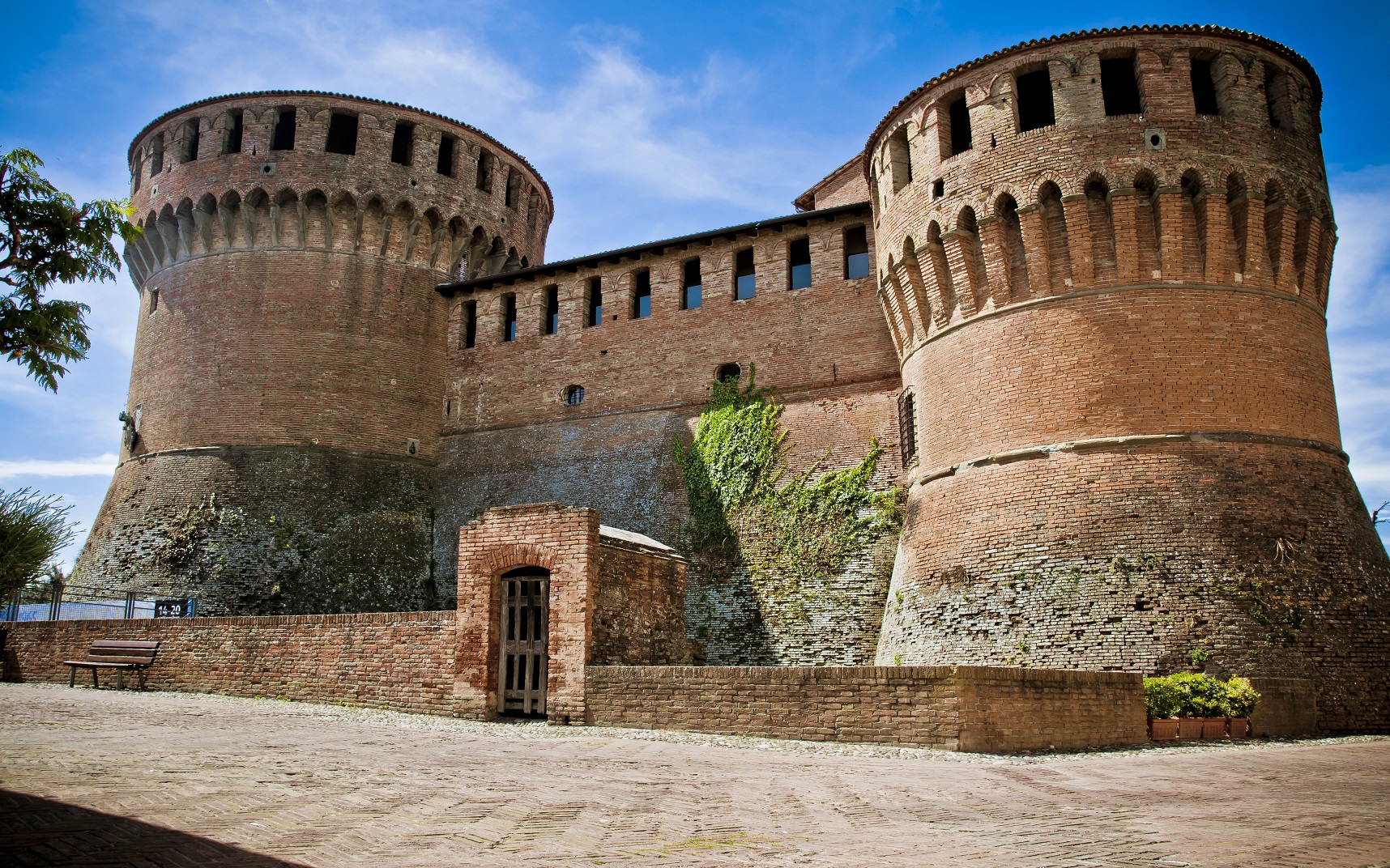
The heart of Imola's historical centre is indeed dominated by the famous Rocca Sforzesca, built in the second half of the 18th century. Over the centuries, this fortress has been the residence of the Catholic Church and the many noble households governing the city, including the Alidosi, Visconti, Manfredi and Sforza families. In 1502, the Rocca was the scene of a meeting between illustrious figures such as Niccolò Machiavelli and Leonardo da Vinci, the latter being commissioned to evaluate the city's defences. Visitors can explore the dungeons inside the Rocca, the living spaces on the ground floor and a terrace offering a panoramic view of the city and nearby hills. The only visible remains of the original layout, except for the tower, is the pointed arch serving as the main gateway. After extensive restoration work, the Rocca was reopened to the public in 1973 and has since housed the Weapons and Ceramics Collections.
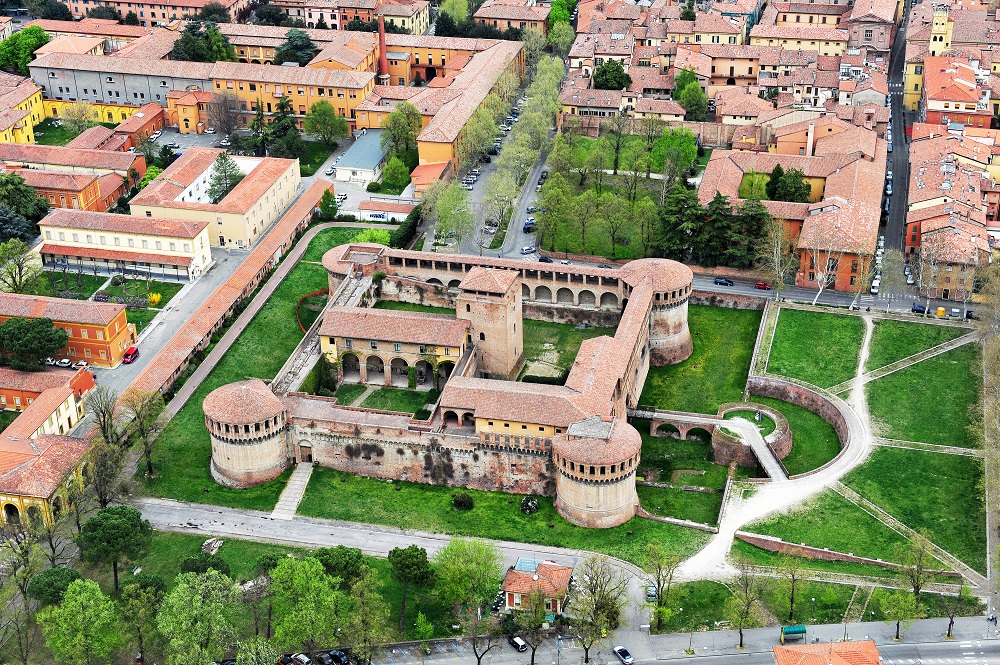
In the municipality of San Lazzaro, we find Castel de Britti, an ancient fortified village belonging to Matilda of Tuscany, later taken over by Bologna. From this vantage point visitors can enjoy a breathtaking view of the entire Idice Valley. Right on the hills between Ozzano and Ca' de Britti you will find the crenellated Malvezzi Campeggi Castle designed in the Tuscan neo-medieval style and inspired by Palazzo Vecchio in Florence, now a bed and breakfast. The building appears as a nostalgic reminder of the feudal past of the family, owners in Bologna of an impressive palace in Via San Donato. The style chosen was intended to recall the medieval look so fashionable at the time.
Regrettably, not all castles have been blessed with the same good fortune and have therefore fallen into disrepair. Their once grand interiors are now silent and forgotten. Zena Castle in Pianoro, Medelana Castle in Marzabotto, the ruins of the Rocca di Tossignano and Cantagallo Castle are just a few examples.
The state of decay of other historical structures in the Bolognese plains can instead be blamed on the inauspicious 2012 earthquake. The Castle of Galeazza Pepoli, the Castle of Palata Pepoli in Crevalcore and the Castle of Giovannina in San Giovanni in Persiceto are still being restored, but can be seen from the outside in total safety.
The area is dotted with other historic castles - once majestic defensive structures or noble residences - that have survived as private mansions, offering but glimpses of their grandeur at special events. Examples include the Rocca Isolani di Minerbio, a masterpiece of 16th-century Bolognese architecture, or the Castello di San Martino di Soverzano, built in 1411 as a defensive stronghold.
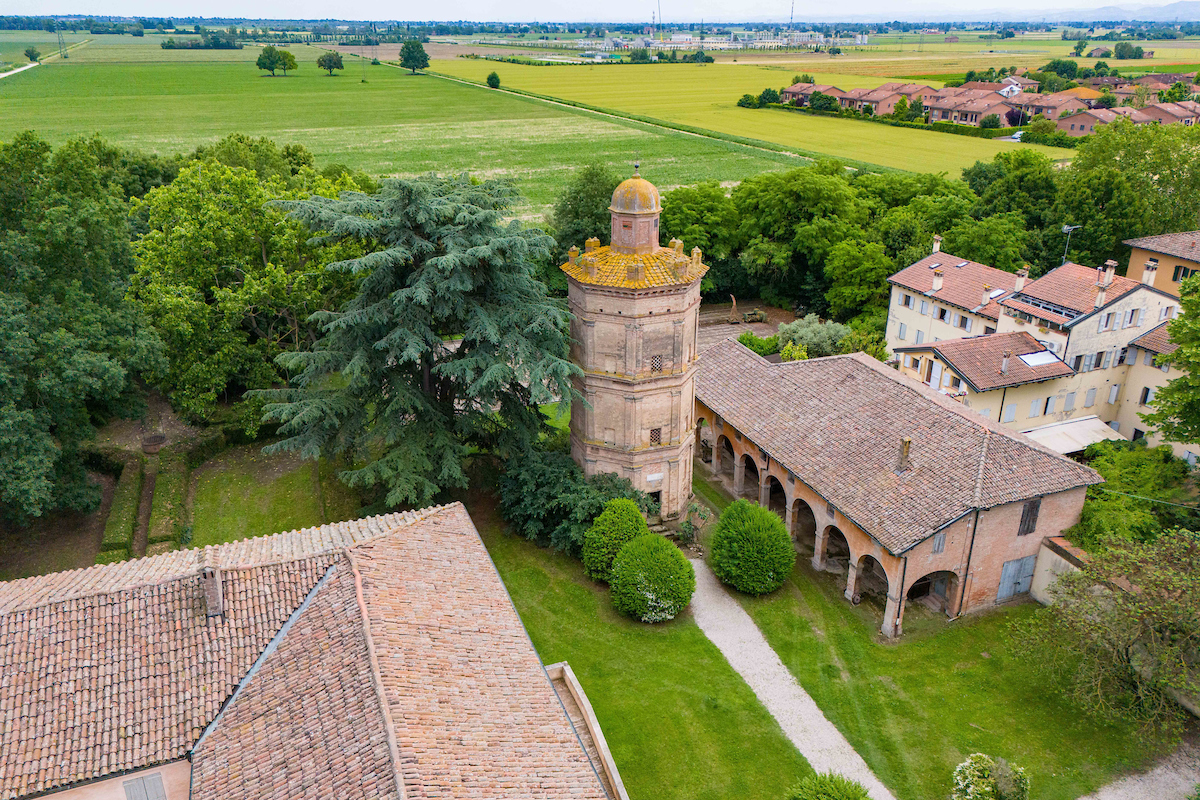
Both castles open their gates to the public for special events, offering a unique opportunity to step back in time. More specifically, the Castle in San Martino di Soverzano, also known as Castello dei Manzoli, annually hosts a major fair in its outdoor park on the first weekend in October, recalling ancient glory.
